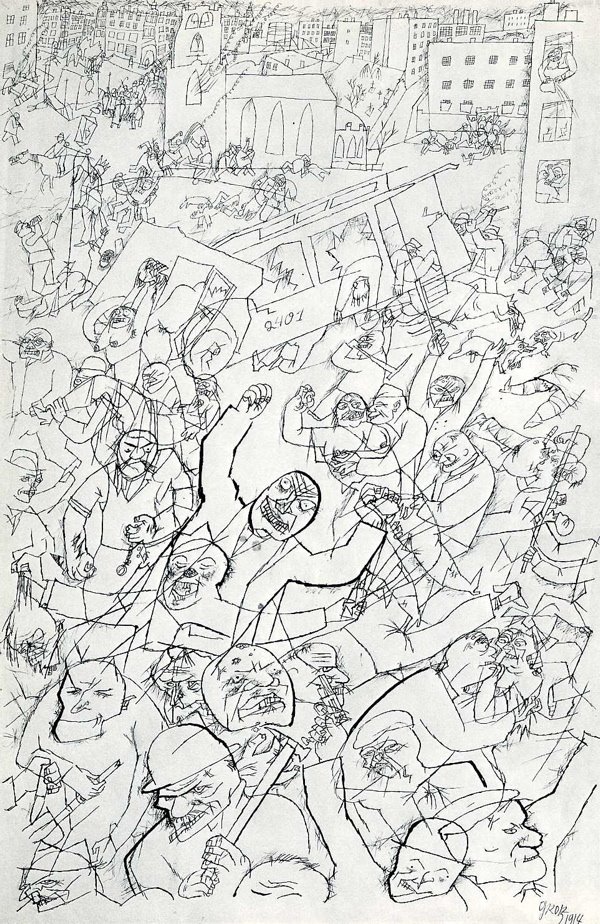That's called science:
University of Aberdeen psychological scientists Lynden Miles, Louise Nind and Neil Macrae conducted a study to measure this in the lab. They fitted participants with a motion sensor while they imagined either future or past events. The researchers found that thinking about past or future events can literally move us: Engaging in mental time travel (a.k.a. chronesthesia) resulted in physical movements corresponding to the metaphorical direction of time. Those who thought of the past swayed backward while those who thought of the future moved forward.Bonus points to anybody who can use "chronesthesia" in a conference paper. Via BB.



5 comments:
I write about time travel all the time. This will be cake.
GC, the real challenge is whether or not you can (more or less) appropriately mention the physical manifestation of chronesthesia.
I bet you'd have the opposite result if you tested, e.g., Peruvian Indians, who conceive of the past as in front (you know what has already happened; you can see it) and the future as behind (one doesn't know what is coming). Also be interesting to test a culture where they conceive past and future in terms of up and down.
Do you know which cultures conceive of history in an up/down binary? I've never heard of that before.
I guess this is an old discussion, but up/down and front/back are somewhat isomorphic. I know this because I just taught part of Lakoff's "Metaphors We Live By" to my Writing 20 students and he discusses this a lot. For us (and especially, at least culturally, for Americans) the future is also "up," as well as "more."
Post a Comment